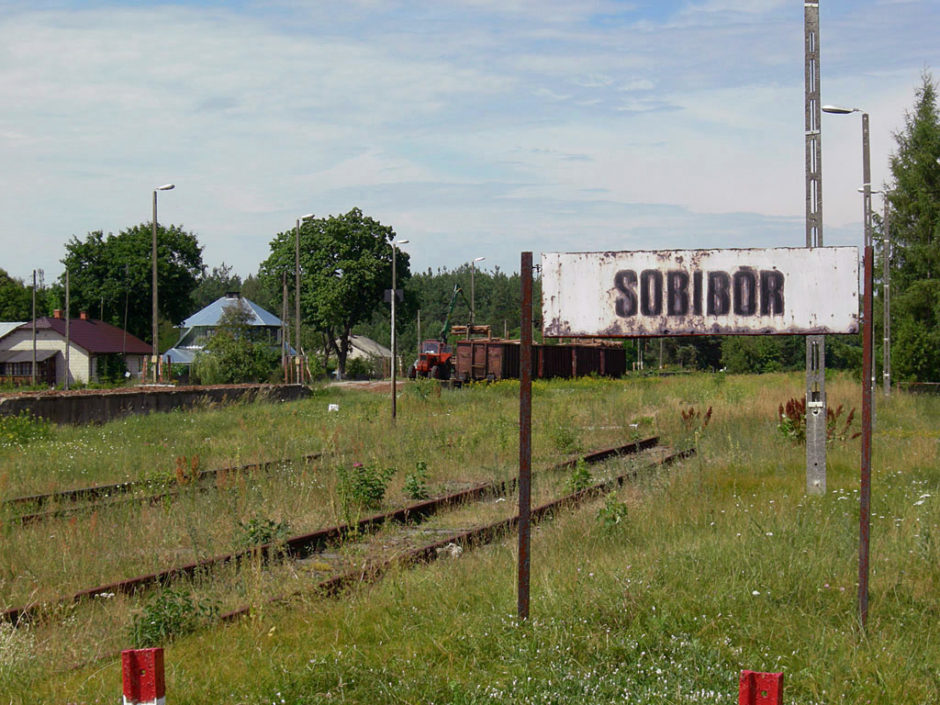It was “the most convoluted, lengthy and bizarre criminal case to arise from the Holocaust,” writes Lawrence Douglas, a professor of law at Amherst College in the United States, in The Right Wrong Man.
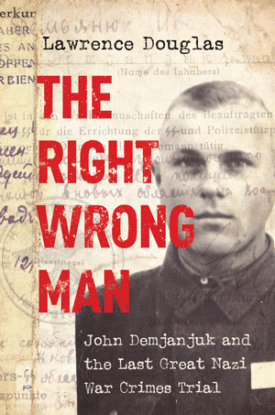
Douglas is referring to the trials and tribulations of John Demjanuk, who was directly involved in one of the most high-profile cases of mistaken identity in legal history. Douglas dissects Demjanjuk’s travails in this thoughtful book, published by Princeton University Press.
A Ukrainian-born naturalized U.S. citizen, Demjanjuk was stripped of his citizenship after being accused of collaborating with the Nazis as a guard in the Treblinka extermination camp. Believed to be war criminal Ivan Grozny (Ivan the Terrible), he was deported to Israel, where he stood trial. Sentenced to death, he spent the next five years in an Israeli prison trying to prove his innocence. In 1993, the Israeli Supreme Court invalidated his conviction after irrefutable evidence showed he was not Grozny.
After returning to the United States, his American citizenship restored, Demjanuk was accused yet again of being a Nazi collaborator, a guard at the Sobibor extermination camp. He was deported to Germany, having been stripped of his U.S. citizenship again, and tried in what a German newspaper described as the “last great Nazi war crimes trial.”
Demjanuk, born in 1920 in a hamlet in the western Ukraine, dropped out of school after grade four and worked on a Soviet collective farm near Moscow. Drafted into the Red Army after the German invasion of the Soviet Union in 1941, he was wounded as his artillery unit fell back in disarray. Captured by the Germans in the Crimean peninsula in 1942, he defected to the Nazis. But in applying for entry into the United States under the Displaced Persons Act of 1948, he claimed he had been a farmer in Poland for much of the war.
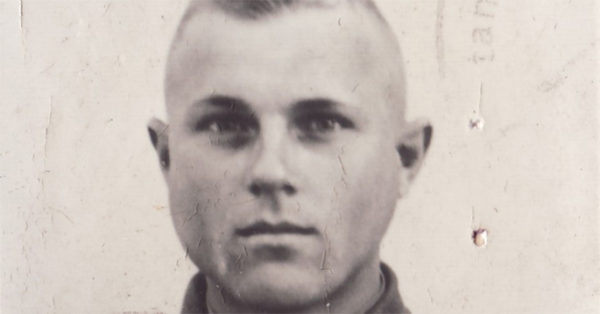
He and his wife arrived in the United States in 1952. On the advice of a friend, they moved to Cleveland, where he found a job at the Ford motor company plant. Having become a U.S. citizen in 1958, he officially changed his name from Ivan to John in an attempt to better blend into American society. “Demjanuk was a simple man whose greatest ambition was to live unobtrusively and undisturbed,” says Douglas. But, as he adds, his wish was not to be granted.
The United States, which had been indifferent to prosecuting war criminals, instituted de-naturalization proceedings against Demjanjuk following a five-week trial. Tellingly enough, the Ukrainian community rallied to his side. As far as most Ukrainian Americans were concerned, Demjanjuk was the victim of a nefarious Soviet plot. Jerome Bentar, a wealthy Cleveland businessman who would later serve as a character witness for and donate large sums to the defence of Toront0-based Holocaust denier Ernst Zundel, paid for Demjanjuk’s legal fees.
Pat Buchanan, a former speechwriter for Richard Nixon and a future White House press secretary, also claimed that Demjanjuk had been framed by the Soviets.
In 1983, the Israeli government issued an arrest warrant for Demjanjuk. U.S. Secretary of State George Schultz signed the extradition order. In 1986, after the U.S. Supreme Court rejected Demjanjuk’s petition, he was flown to Israel aboard an El Al flight from New York City.
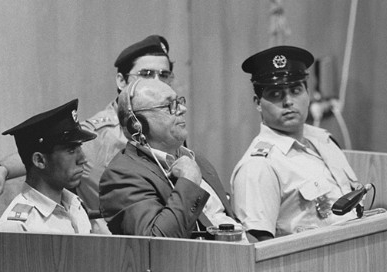
At his trial in Israel, Demjanjuk’s defence team maintained that the wrong person had been detained. He had never been a guard at Treblinka or anywhere else and was the victim of an egregious mistake and a conspiracy orchestrated by the KGB intelligence agency. Demjanjuk appealed, prompting Israel’s Supreme Court to examine the record. “In a brave and necessary step, the (court) threw out Demjanjuk’s conviction as erroneous.”
In Germany, Demjanjuk faced charges of having participated in the mass murder of 28,060 Jews at the Sobibor death camp. During his time there, from March until September 1943, the vast majority of the Jews killed in Sobibor were Dutch Jews. As Douglas points out, the trial turned into a “trial by history,” with the evidence against Demjanjuk coming from archives rather than from the testimony of survivors.
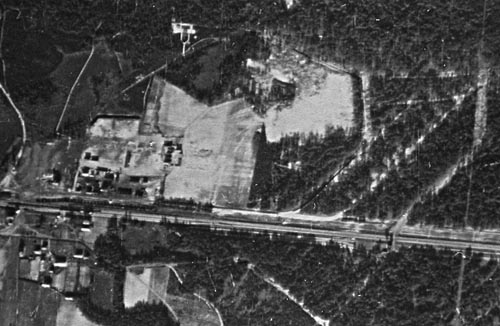
The fact that Germany had agreed to hold a trial for Demjanjuk was significant, says Douglas. German courts, in the immediate aftermath of the war, conducted more than 4,600 trials involving Nazi war criminals. But subsequently, such trials came to a virtual standstill. “Generous amnesty statutes insulated many former Nazis from prosecution, including virtually all the bureaucrats who had helped plan and implement the Holocaust,” he observes.
The explanation is clear. In West Germany, former Nazis occupied many of the leading positions in government and the judiciary. “There is no denying, then, that the continuing influence of former Nazis contributed to Germany’s refusal to … prosecute Nazi crimes.”
Despite this, Douglas notes, “the German court delivered a remarkable and just decision, one which few observers would have predicted from Germany’s long legal struggle with the legacy of Nazi genocide.”
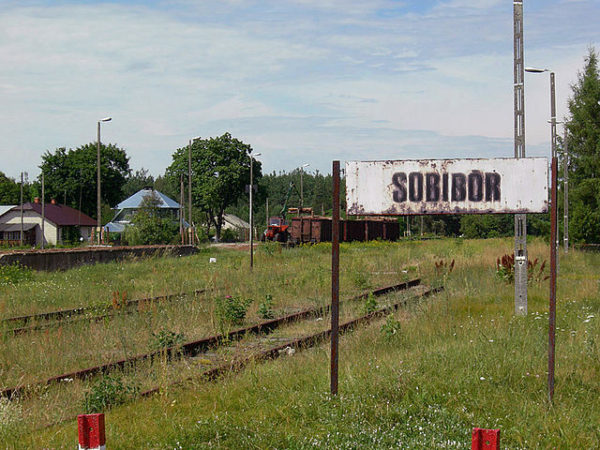
The prosecution, lacking evidence that Demjanjuk had personally committed murder, argued that all Sobibor guards had been complicit in the killing process. And since Demjanjuk had been a guard, he was guilty.
The defence insisted that Demjanjuk had never served at Sobibor, and even if he had, he had no alternative but to obey German orders.
The judge, finding Demjanjuk guilty as charged, sentenced him to five years in prison. A few days after the verdict was announced, an ailing Demjanjuk was taken to a nursing home in Upper Bavaria, where he spent his final months. He died on March 17, 2012, 10 months after his conviction. His body was returned to his family in the United States.

In conclusion, Douglas writes, “His conviction reminds us that the Holocaust was not accomplished through the acts of Nazi statesmen, SS henchmen or vicious sociopaths. It was made possible by the thousands of lowly foot soldiers of genocide.”
Like John Demjanjuk.
